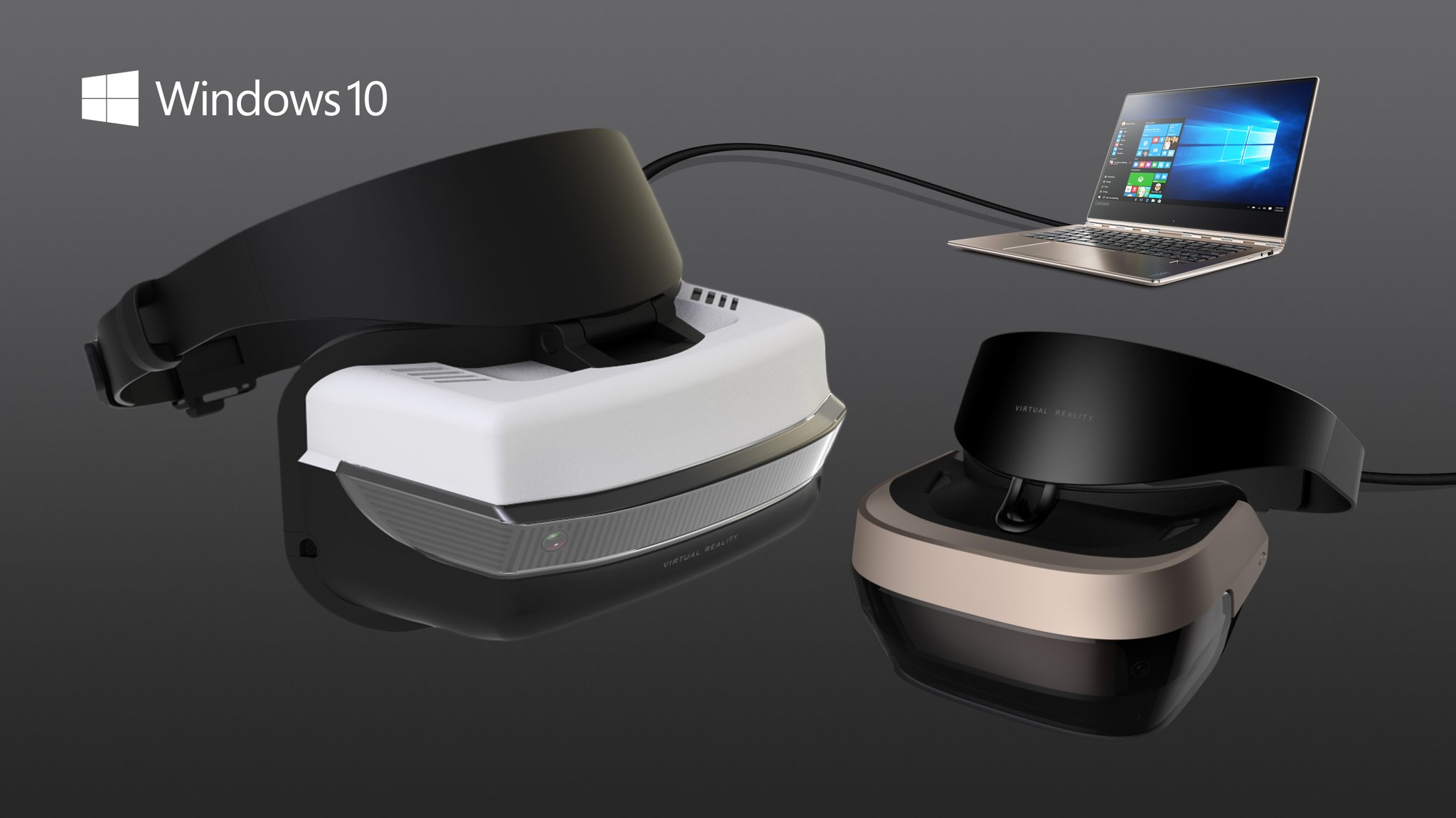Microsoft Windows 10 VR: will your Windows PC support it?
windows-vr

VR enthusiasts, from gamers to computer scientists and anyone in between, have one more reason to rejoice, as Microsoft is well underway to launching its brand new line of VR products.
This also means that most users who may be curious about experiencing immersive virtual reality, no longer need to go as far as spending a minimum of $600 for a decent setup, let alone the seriously high-end hardware specs required by pioneers like Oculus, and HTC.
Microsoft has already made a big announcement during the surprise unveiling of its first flagship desktop Surface Studio, hinting on the fact that the company’s “junior league” cousins of Microsoft HoloLens, will be much more affordable, starting at $299, for what we can only assume as being a basic headset.
Currently, the cheapest high-end headset is made by Razer, and costs around $400, not including shipping and handling. By offering a similar, perhaps even slightly inferior product, as an entry level solution capable of venturing into more power-user devices, Microsoft is quickly positioning itself as an innovator in VR, before many other companies that, at least unofficially, still consider VR a pipe-dream.
VR has always had two problems: one is the severe limitations imposed by the hardware available, which, in the infancy of VR, wasn’t very good, and was also extremely expensive.
Second, VR was never a very social activity, which is not a good thing when experiencing a virtual game world in which you have to actually physically get up and walk. Just like when hiking, sometimes it’s fun to go alone up those mountains, but you can go a heck of a lot further when you have friends tagging along. This is precisely why it’s a very good thing that Microsoft is investing in affordable virtual reality gear, whose price tag may be attractive enough for more users to consider, and build a social presence, in collaborative virtual worlds.
Most recently, Microsoft has also leaked what could possibly be the hardware specs required by its upcoming headsets, and they are surprisingly on the conservative side.
While there is no question that experiencing VR on a PC with a Nvidia GTX 1080 or Titan X, is typically what “the doctor ordered”, to operate Microsoft’s upcoming headsets will require something along the lines of an Intel HD Graphics 620 GT2, or equivalent, and an Intel Mobile Core i5 with Hyperthreading, which can be found in most mid-range laptops.
It goes without saying that 8GB of RAM or more are the minimum required, but considering that many new laptops come with that much in their entry-level configuration, most users with a newer laptop will be able to enjoy a relatively smooth experience.
The minimum display resolution supported is also pretty standard in most new devices, which requires HDMI 1.4 with 2880x1440 at 60Hz. Those who have HDMI 2.0 or DisplayPort 1.3, will be able to enjoy 90Hz refresh rate.
The minimum storage required, is 100GB, and SSD is recommended, but considering that SSD drives up to 256GB can be had as low as $100, this also shouldn’t be too problematic a obstacle.
Microsoft’s new line of VR products will come with accessories as well, as a range of wireless controllers that may come in all sorts of shapes and sizes, for which Bluetooth 4.0 will be a requirement.
Ready to shop?
If you are looking for the ultimate Windows 10 tablet, PortableOne has the best deals on Surface Pro 3 and Surface Pro 4, as well as a full range of accessories.